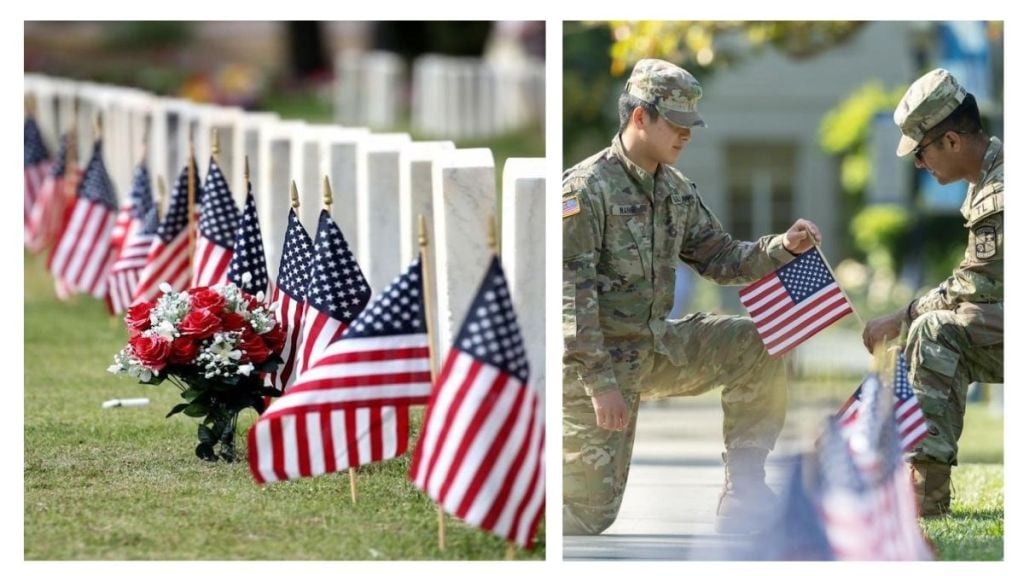Americans across the country are preparing to observe Memorial Day on Monday, May 26, 2025—the fifth of 12 federal holidays this year. While the long weekend is often seen as the unofficial start of summer, its true significance lies in honouring the men and women who died in battle while serving in the U.S. Armed Forces.
A day of remembrance
Memorial day traces its roots to the aftermath of the Civil War. Originally known as Decoration Day, the holiday began as a way for communities to honour fallen Union soldiers by decorating their graves with flowers. One of the earliest documented observances occurred in May 1865, when thousands of formerly enslaved Black Americans and white abolitionists gathered at a former Confederate prison camp in Charleston, South Carolina. They reburied 260 Union soldiers, held a parade, and celebrated with songs and picnics in what historian Dr. David Blight calls the “first Decoration Day.”
In 1868, Major General John A. Logan, leader of the Union veterans group known as the Grand Army of the Republic, officially proclaimed May 30 as a day to honour those who had died in service. His order called for communities to decorate the graves of the fallen “with flowers or otherwise,” recognizing the sacrifice of those who died during the Civil War. While initially focused on Union soldiers, Memorial Day eventually evolved to honor all U.S. military personnel who lost their lives in combat.
Federal recognition and traditions
Memorial day was formally declared a federal holiday in 1968 with the passage of the Uniform Monday Holiday Act, which moved its observance to the last Monday in May. The law, which went into effect in 1971, created a three-day weekend for Americans and helped solidify Memorial Day’s place in the national calendar.
The holiday also plays a role in what sociologist Robert N. Bellah called America’s “civil religion”—a shared set of beliefs and rituals that reflect national values. In his 1967 essay Civil Religion in America, Bellah described Memorial Day as a moment for community reflection and a reaffirmation of the American ideals of sacrifice and freedom.
Today, Memorial Day is marked by the lowering of American flags to half-mast, visits to cemeteries and memorials, and a moment of silence observed at 3:00 p.m. local time, as established by the National Moment of Remembrance Act passed in 2000. In a proclamation for Memorial Day 2025, President Donald Trump urged Americans to pause for prayer at 11:00 a.m. local time, inviting unity and reflection on the sacrifices made.
Travel surge expected
Memorial Day weekend also signals the start of the summer travel season. According to the American Automobile Association (AAA), an estimated 45.1 million Americans are expected to travel at least 50 miles from home this holiday—an increase of 1.4 million over last year, potentially setting a record for Memorial Day travel.
Memorial Day vs. Veterans Day
Though often confused, Memorial Day and Veterans Day serve different purposes. Memorial Day honors military personnel who died in combat, while Veterans Day—observed each November—celebrates all who have served in the armed forces, particularly living veterans.


